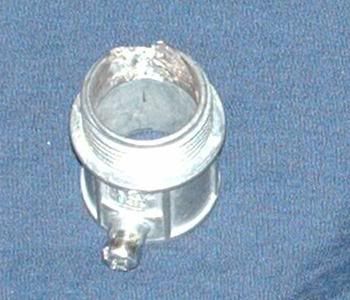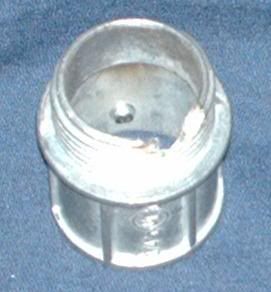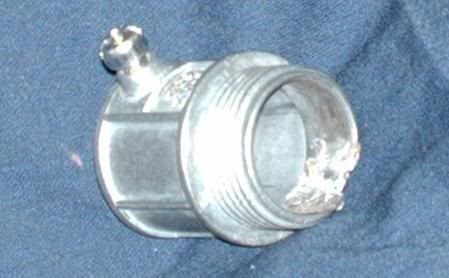Are you asking why he felt a shock, given that the OCPD had tripped and turned off the circuit? Or are you asking how he would be part of a current path, when current should be travelling only from one bus to the other?
I have two possible answers to the first question. One is that it takes time for the OCPD to react. You didn?t say how badly the person was injured. It is possible that he received enough of a shock that he could feel it, but the circuit tripped before the injury could have gotten worse. The other possibilities is that the tape did not go across two phases when it first contacted anything live. It may have touched only one phase at first, giving the person a shock, but without tripping the OCPD. Some moments later, perhaps due to a push or pull on his part in reaction to the shock, it may have come into contact with the second phase, causing the breaker to trip.
My answer to the second question is that current takes all available paths back to its source. One path, for example, is from one phase bar to the other phase bar, using the fish tape as a conductor. Another path is from one phase, via the fish tape, to the person?s hand, through his body to his feet, through the building into the dirt below the building, through the dirt to the ground rod, and up the GEC back to the source. True, current in the first path may be in the hundreds, or even thousands of amps, whereas the resistance of the second path is so high it will limit the current to below one amp. But a fraction of an amp is all that is needed to give a fatal shock.





